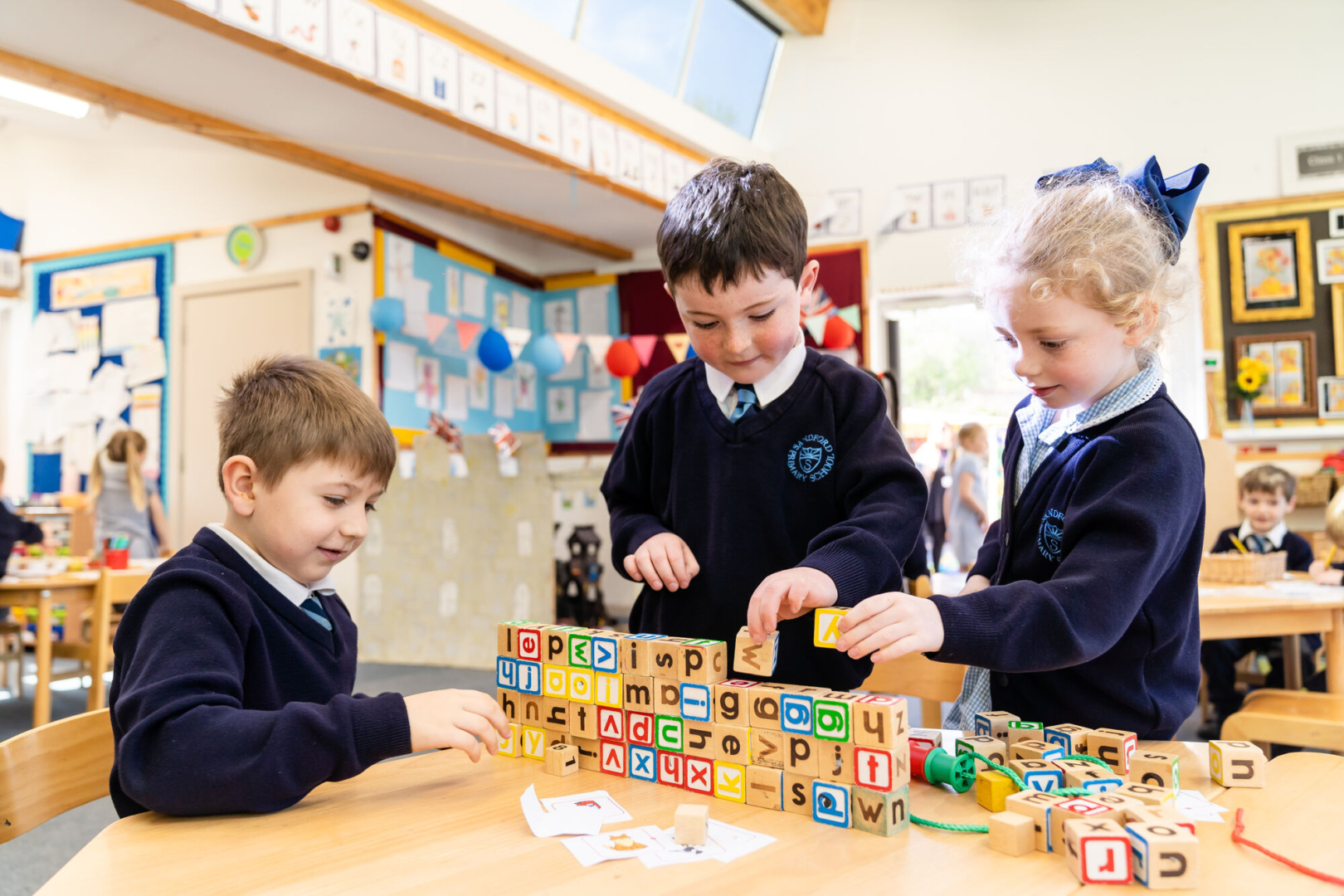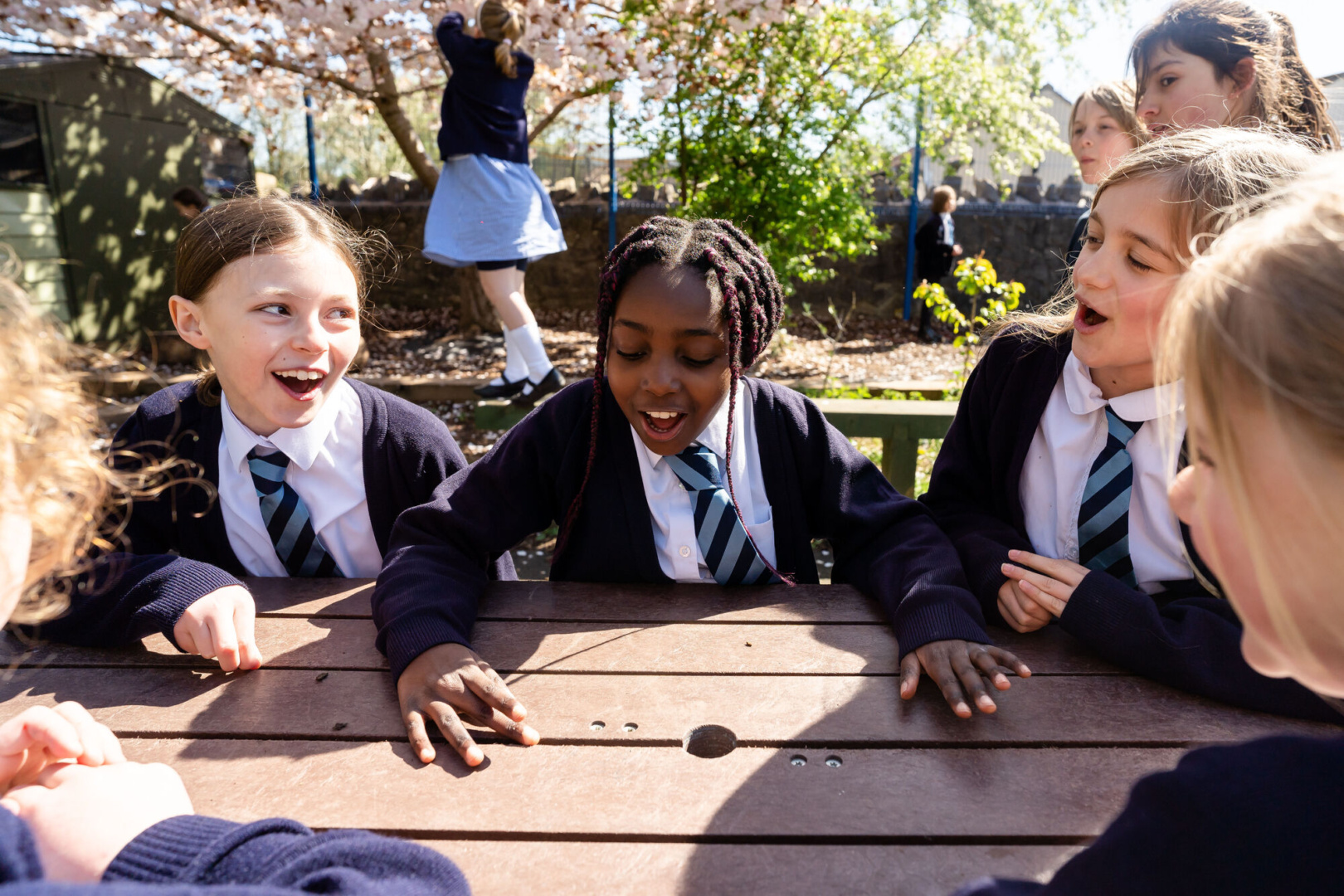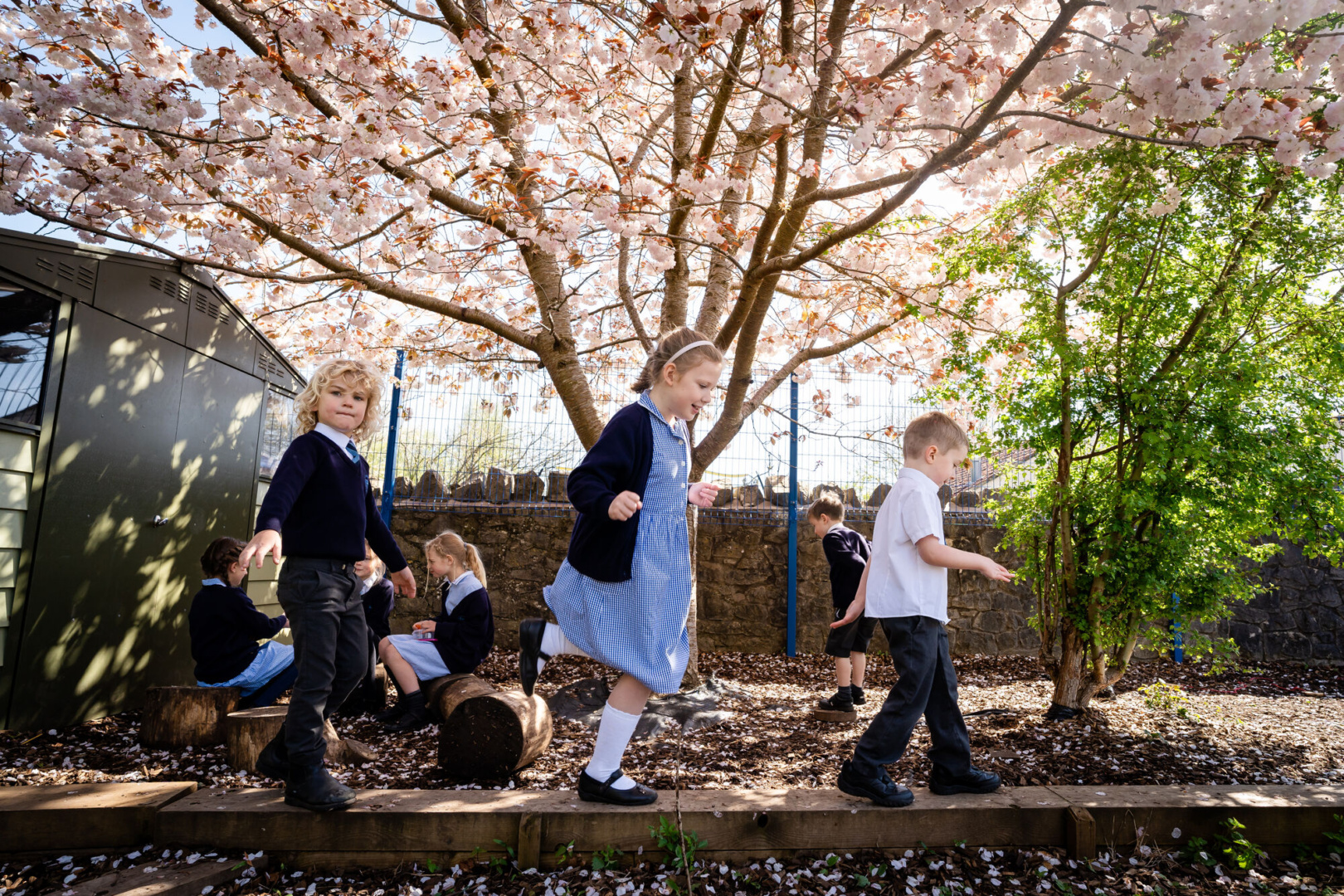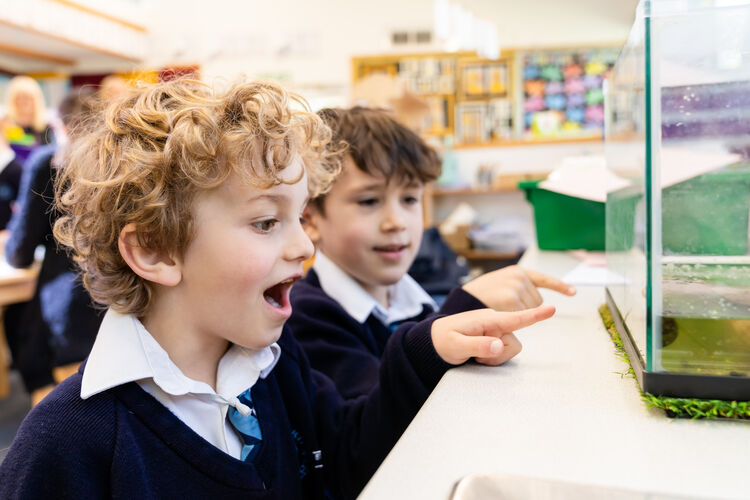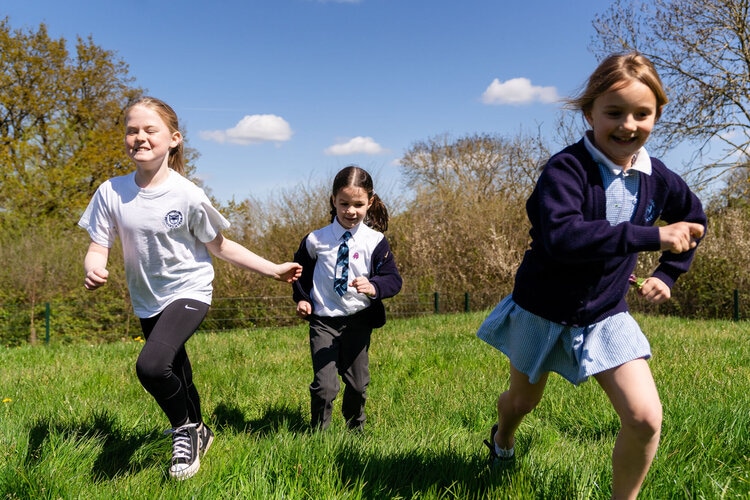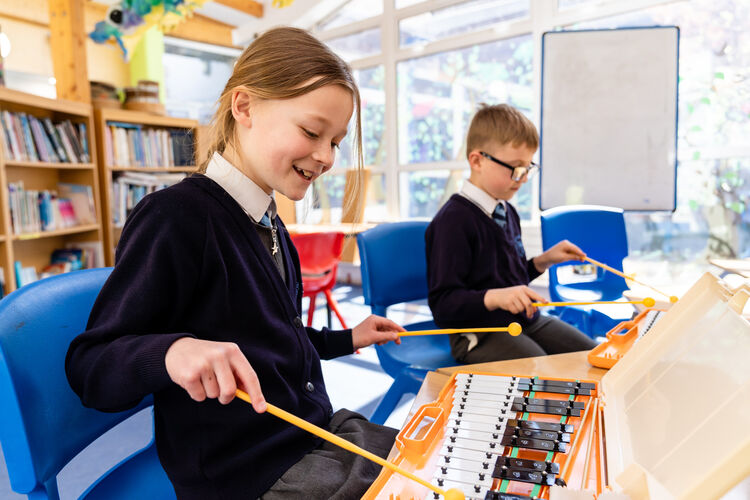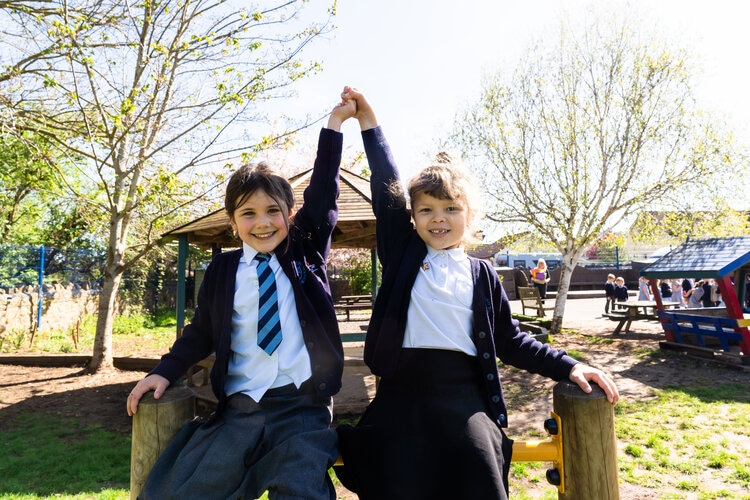Welcome
On behalf of the children, staff and governors of Sandford Primary School, we would like to extend a warm welcome to all visitors to our website, whether you are an existing parent seeking the latest information or a prospective parent choosing a school for your child.
